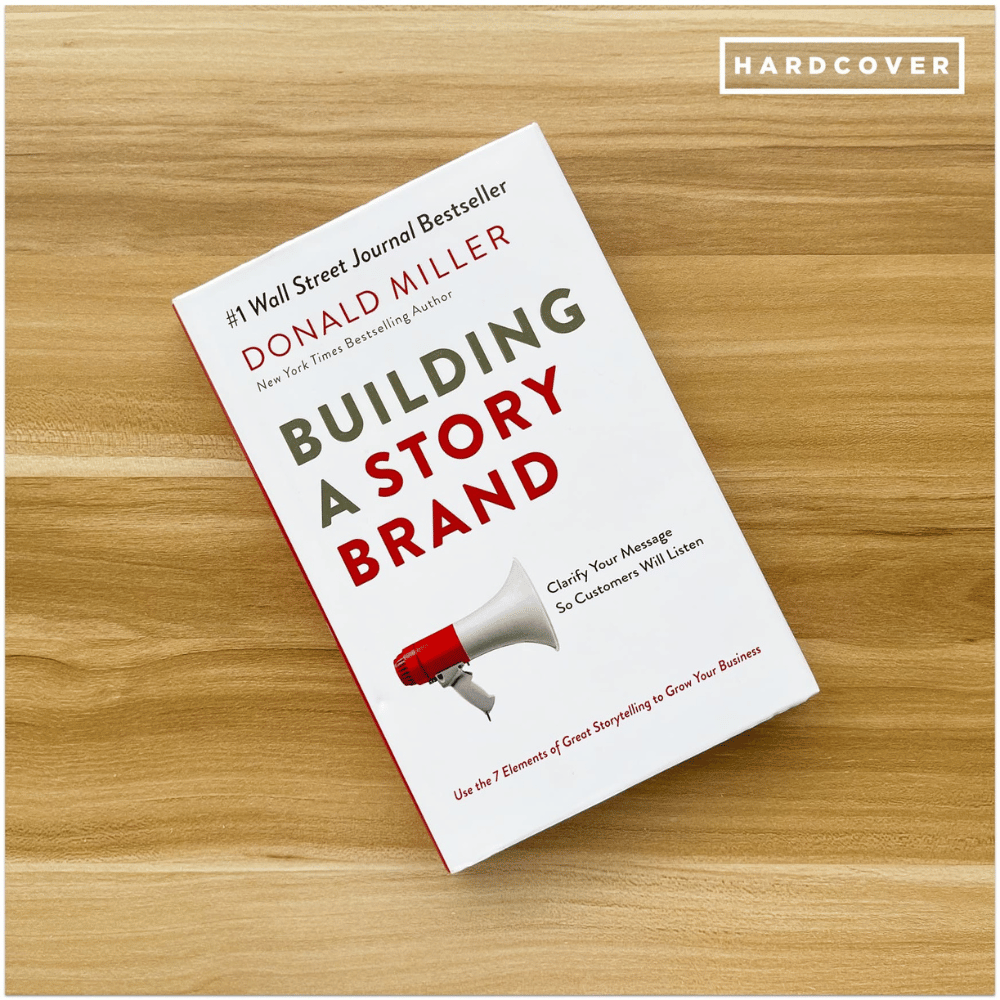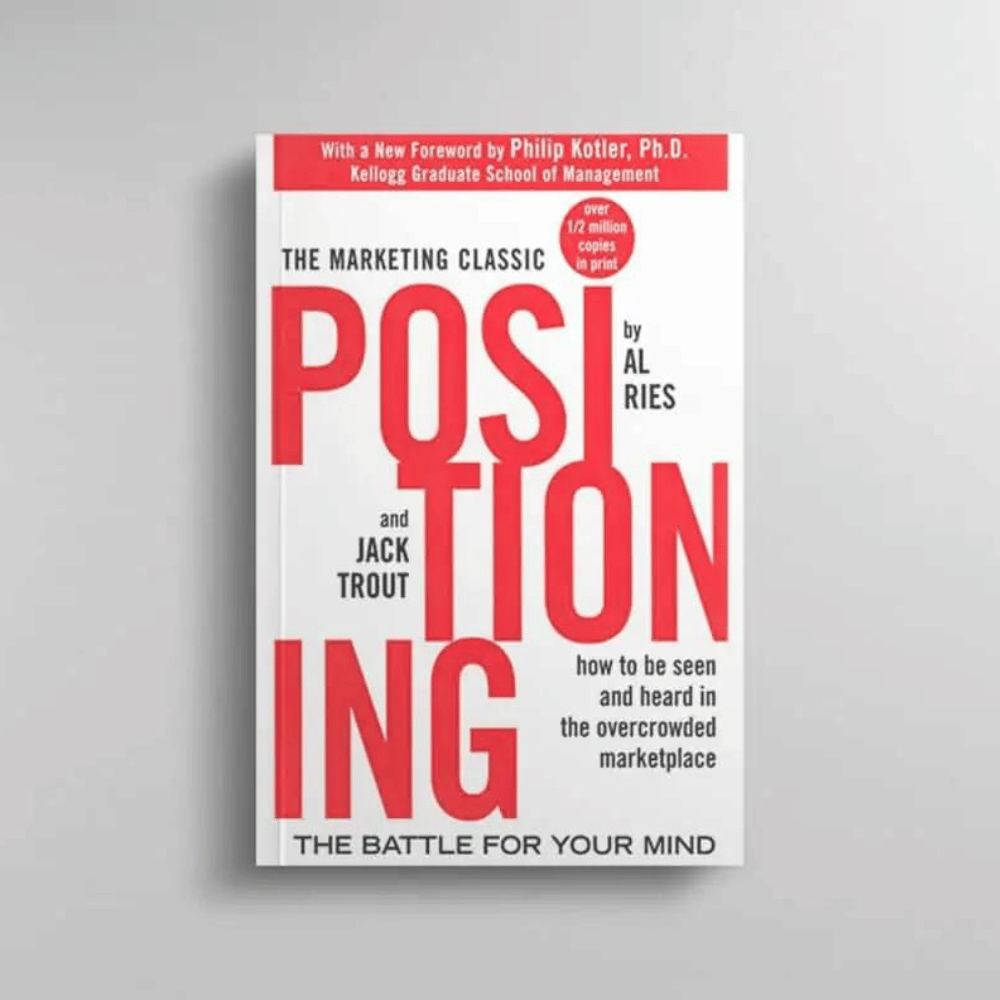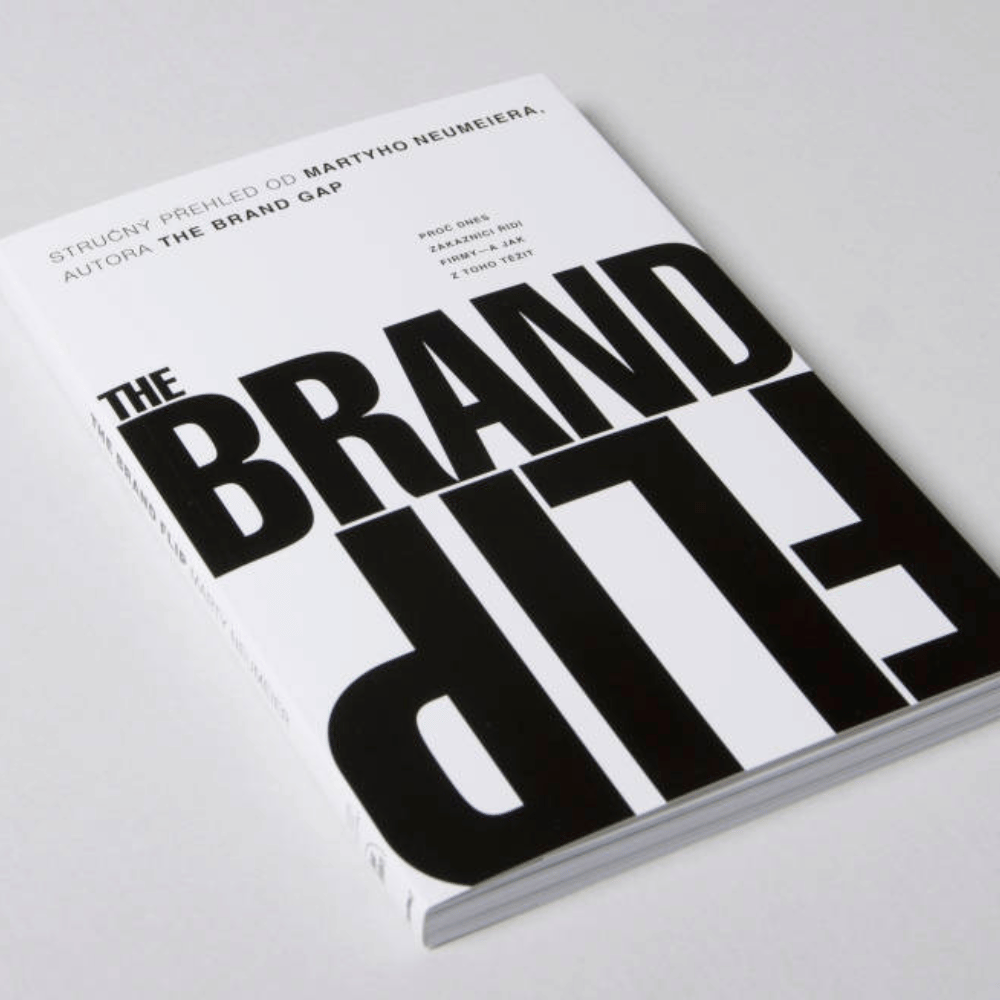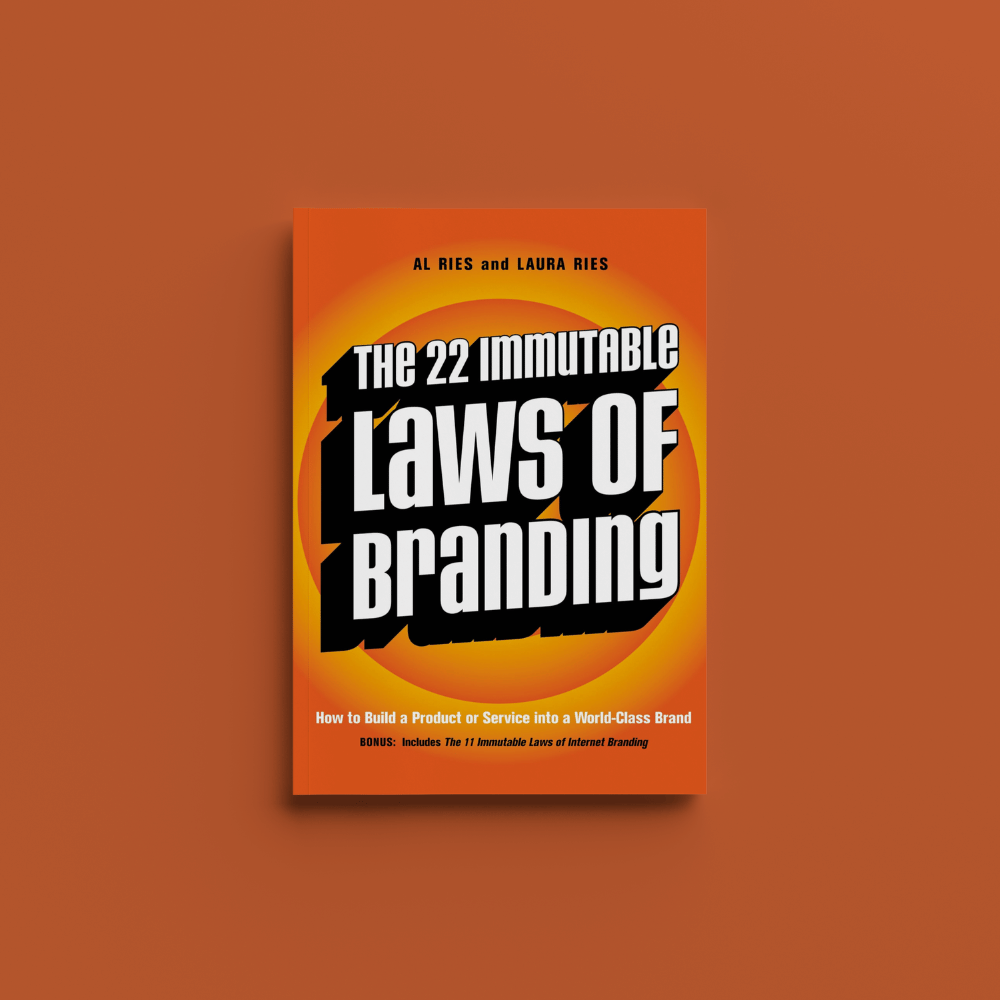
In today’s competitive and ever-evolving business landscape, building a strong and distinct brand is essential for success. Whether you are an entrepreneur, marketer, or business leader, understanding the intricacies of branding is crucial to make your mark in the market and connecting with your target audience. Fortunately, there is a wealth of knowledge available in the form of books on branding written by top branding experts, thought leaders, and marketing gurus.
In this article, we have curated a list of the top 9 books on branding that offer valuable insights, strategies, and frameworks to help you create an impactful and memorable brand. From understanding the psychology of consumer behavior to crafting compelling brand messages, these books on branding cover a wide range of branding aspects to empower you to stand out from the crowd and achieve brand success.
So, let’s dive into this collection of indispensable reads and take your branding game to new heights!
Table of Contents
Building a StoryBrand: Clarify Your Message So Customers Will Listen
The Brand Gap: How to Bridge the Distance Between Business Strategy and Design
Brand Thinking and Other Noble Pursuits
Positioning: The Battle for Your Mind
Be: A No-Bullshit Guide to Increasing Your Self-Worth and Net Worth by Simply Being Yourself
Purple Cow: Transform Your Business by Being Remarkable
The Brand Flip: Why Customers Now Run Companies and How To Profit From It
The 22 Immutable Laws of Branding
Branding Basics for Small Business: How to Create an Irresistible Brand on Any Budget
FAQs in Relation to Books on Branding
Conclusion
Building a StoryBrand: Clarify Your Message So Customers Will Listen
“Building a StoryBrand” by Donald Miller is an influential book that sheds light on the power of storytelling in brand building. It’s all about creating narratives that strike emotional chords with your customers, thereby amplifying your brand value.

A Powerful Framework for Brand Messaging
The beauty of “Building a StoryBrand” lies in its simple yet effective framework designed to help you craft impactful stories. This isn’t just any tale – it’s one that strikes a chord profoundly with your intended interest group and unmistakably conveys what makes you stand apart from others. The step-by-step guide ensures every facet of your narrative aligns perfectly with the larger branding strategy at play.
Connecting Emotionally With Customers
Fostering strong emotional connections between businesses and their customers is no small feat but crucial to successful branding. This book teaches how emotions can be harnessed within storytelling contexts, crafting narratives that touch hearts while simultaneously showcasing why choosing you over competitors makes sense.
Elevating Your Brand’s Value Through Stories
This book takes you on a journey of mastering the elements of storytelling, such as character development, conflict resolution, and relatable themes, to create compelling tales that showcase who you are as a company and why people should choose yours above others. By skillfully intertwining these elements into your brand narratives, you can evoke emotions, connect with your audience on a deeper level, and leave a lasting impact. These stories become a powerful tool to communicate your brand’s values, mission, and unique offerings, inspiring loyalty and trust among your customers. Through this artful approach, you can transform your brand from being a mere name into a compelling and relatable entity, driving significant brand equity and differentiation in a crowded market. Embrace the power of storytelling and elevate your brand’s value by captivating the hearts and minds of your consumers through the stories you weave.
In essence, if there ever was an opportunity akin to striking gold when it comes to books on branding– “StoryBranding” would be it.
The Brand Gap: How to Bridge the Distance Between Business Strategy and Design
Brand strategy is more than just a catchy logo or slogan. Creating an impactful experience that connects with customers in a variety of ways, from visuals to messaging, is key to a successful brand strategy. Marty Neumeier’s book “The Brand Gap” delves into this concept.
In essence, strategic design plays a pivotal role in bridging the gap between where you are (business strategy) and where you aspire to be (design).

Bridging the Gap with Strategic Design
Strategic design is not just about having exceptional products or services; it’s about crafting a brand that communicates volumes without saying a word.
Businesses must go beyond the surface and understand how strategic design can be a powerful tool to create compelling narratives that resonate with their target audience. It involves delving deep into consumer insights, understanding their needs, desires, and pain points, and translating those findings into visually impactful and emotionally engaging brand elements. From the logo and website design to packaging and advertising, every touchpoint becomes an opportunity to connect with the audience on a meaningful level.
Strategic design ensures that every visual and messaging element is aligned with the brand’s essence and value proposition, creating a seamless and immersive experience for the consumers. By strategically incorporating design principles, businesses can build a brand that speaks the language of their target audience, fostering trust, loyalty, and a lasting connection that sets them apart in the market. Embrace the transformative power of strategic design and bridge the gap between your brand and your audience, propelling your business towards greater success and brand distinction.
Importance of Cohesive Branding
Cohesion in branding communicates clearly what you stand for as well as differentiates you from competitors while fostering customer loyalty. Achieving cohesion between business strategy and design can pose challenges if one doesn’t comprehend how these two intersect.
“The Brand Gap” offers valuable insights by discussing concepts like differentiation through innovation and emotional resonance as key components within effective branding strategies.
Taking Advantage of The “Brand Gap”
If businesses wish to leverage ‘the brand gap’, they ought to first understand deeply who exactly constitutes their target audience – including understanding them inside-out, i.e., knowing intimately all there is to know regarding these people’s deepest fears alongside burning aspirations.
“Brand Thinking and Other Noble Pursuits”
Debbie Millman’s insightful book, “Brand Thinking and Other Noble Pursuits,” takes readers on a journey into the depths of brand thinking. It uncovers how this unique mindset can be instrumental in crafting brands that not only succeed but thrive.

The Power of Brand Thinking
In her exploration, Millman presents an interesting perspective – brand thinking is more than just a tool for marketing; it’s essentially a philosophy. This ideology revolves around understanding your audience at their core level, establishing meaningful connections through shared values, and consistently delivering what you promise.
This approach transcends beyond simply selling products or services—it aims to build enduring relationships with customers. Brands that adopt this ethos often enjoy increased customer loyalty rates along with stronger reputations within their respective markets.
Insights from Branding Visionaries
Apart from exploring the concept itself, the book features conversations with influential branding experts who share invaluable insights about creating successful brands. These include renowned designers like Paula Scher as well as advertising maestros such as David Aaker plus cultural commentators including Malcolm Gladwell among others.
In these enlightening discussions, readers gain diverse perspectives on what makes a great brand, whether it’s design aesthetics, storytelling techniques, or strategic positioning, all crucial knowledge for anyone interested in strengthening their own personal or business brand identity.
“Positioning: The Battle for Your Mind”
Al Ries and Jack Trout’s seminal work, “Positioning: The Battle for Your Mind,” introduced the concept of positioning to branding. It’s a guidebook on how businesses can craft an exclusive space in consumers’ minds.

The Essence of Positioning
At its core, positioning lies in the art of defining your brand’s unique place in the minds of consumers, setting it apart from competitors, and creating an indelible impression. At its core, positioning is about crafting a distinct and compelling identity that resonates with your target audience. It involves a meticulous exploration of your brand’s strengths, unique selling points, and core values. By identifying key differentiators such as innovative product features, exceptional customer service, or a one-of-a-kind brand personality, businesses can carve out a niche for themselves within their market context. This strategic process ensures that consumers perceive your brand as the ideal solution to their needs and desires, differentiating it from the sea of competitors vying for their attention. Effective positioning goes beyond just stating what your brand does; it communicates why your brand is the best choice. Through a compelling narrative, brands can establish an emotional connection with their audience, instilling trust, loyalty, and preference. By strategically positioning your brand, you create a memorable and distinctive identity that not only captures attention but also leaves a lasting impact on consumers’ minds. Embrace the essence of positioning and unlock the power to stand out, thrive, and own a unique place in the hearts of your target audience.
Why Positioning Matters?
A well-executed positioning strategy has numerous advantages, including enhanced customer loyalty and increased market share. By clearly defining what sets you apart, potential clients have less difficulty understanding why they should opt for your services over others.
Crafting Effective Position Strategies
In order to successfully implement these strategies, it’s vital first to understand both your target audience and competition deeply.
This knowledge forms the basis upon which one can then focus on highlighting those aspects that make them distinctively different.
Business.com article provides some practical tips based upon these principles.
Bear in mind that effective position strategies require consistency; keep refining until it feels right.
“Be: A No-Bullshit Guide to Increasing Your Self-Worth and Net Worth by Simply Being Yourself”
Ever wondered how authenticity can influence your brand’s success? Jessica Zweig, in her book “Be: A No-Bullshit Guide to Increasing Your Self Worth and Net Worth by Simply Being Yourself,” gives us a compelling answer.
This doesn’t just apply to individuals but also to businesses seeking an authentic connection with their audience.

The Power of Authenticity
- Zweig emphasizes the importance of being genuine when building one’s own personal or business brand.
- She asserts that this transparency not only enhances our sense of self-value but can significantly boost the monetary value as well – making for successful branding efforts.
- In essence, embracing our unique qualities helps carve out an identity that resonates deeply with audiences, leading them towards trust and loyalty – key drivers for growth in any venture.
A Practical Approach Towards Personal Branding
- Zweig presents practical tips on integrating self-worth into net worth through honest marketing strategies drawing from her rich industry experience.
- Readers are encouraged to embrace their true selves rather than succumbing to societal expectations or norms dictating what ‘success’ should look like.
- An original persona stands tall among generic ones any day.
Inspiring Growth Beyond Business Strategies
Beyond mere business blueprints, “Be” serves as an inspirational guide urging individual development both personally and professionally. The focus on acceptance fosters confidence while showing how internal belief systems directly impact external accomplishments. It goes beyond traditional marketing manuals, providing meaningful connections through authenticity across all life aspects.
“Purple Cow: Transform Your Business by Being Remarkable”
Seth Godin’s “Purple Cow” is a marketing manifesto that urges businesses to become truly remarkable. He suggests the concept of creating standout products or services, akin to spotting a purple cow in an ordinary herd.

Creating Distinctive Brands
Creating distinctive brands in today’s hyper-saturated market demands more than just being good; it requires being exceptional and remarkably different from the rest. Standing out from the crowd is the key to making your brand resonate with customers and leaving a lasting impression.
Seth Godin, a renowned marketing expert, emphasizes the importance of crafting offerings that are worth talking about. When your brand delivers something genuinely unique and valuable, it sparks organic buzz and word-of-mouth referrals that are far more powerful than any traditional advertising campaign. A distinctive brand becomes a talking point among consumers, igniting curiosity and interest in what you have to offer. It becomes a magnet that draws in a loyal customer base, captivated by the authenticity and innovation your brand represents. By consistently delivering exceptional products or services, you create a brand experience that not only meets but exceeds customer expectations.
This level of distinction sets your brand apart from competitors and creates a strong emotional bond with your audience, fostering loyalty and advocacy. Embrace the art of being distinctive, and unleash the potential to create a brand that captivates hearts and sparks conversations, elevating your business to new heights of success and influence in the market.
A Shift Towards Innovative Marketing
The essence of “Purple Cow” lies in its advocacy for moving away from conventional marketing methods like TV commercials or direct mail campaigns towards innovative ideas that are daringly bold. Seth Godin suggests focusing on designing captivating experiences around your product/service which naturally encourage consumers to share their positive encounters with others.
This approach requires courage as well as creativity; taking risks and breaking free from established norms can be daunting but those who succeed find themselves reaping rewards through increased visibility, customer loyalty, and industry growth.
The Brand Flip: Why Customers Now Run Companies and How To Profit From It
Visualize a realm where your customers, not you, are the ones controlling your brand. Welcome to the reality painted by Marty Neumeier in his book “The Brand Flip.” This isn’t just theory – it’s happening now.

Cashing In On Your Customers
A major takeaway from Neumeier’s work involves transforming loyal customers into brand advocates. These folks love what you do so much that they shout about it from rooftops (or at least tweet about it).
To turn them into evangelists for your cause, focus on creating experiences worth sharing with others – effectively getting them to market for you.
Pivoting Business Strategy For Success
“The Brand Flip” doesn’t leave readers hanging; actionable insights abound on how businesses should adapt strategies amidst these changes. Instead of focusing solely on selling products or services, concentrate efforts on building relationships as well. Listen closely too – consumer conversations around your brand online offer invaluable feedback loops for continuous improvement.
It might seem daunting initially, but remember – when done right, branding serves as an effective bridge between business strategy and design, elevating both customer experience and profitability alike.
The 22 Immutable Laws of Branding
Branding, as many business owners will attest to, is a complex beast. It’s not only about constructing a captivating emblem or memorable slogan – it goes far beyond that. “The 22 Immutable Laws of Branding” by Al Ries and Laura Ries serves as your comprehensive guide in this journey.

Your Blueprint To Effective Brand Strategy
“The 22 Immutable Laws of Branding” doesn’t stop at theory but provides actionable steps toward building robust brand identities. From visual elements like logos to messaging tone/style consistency across all touchpoints – everything counts when you’re crafting your unique identity.
An intriguing principle from the book suggests ‘the power of a brand is inversely proportional to its scope.’ In simpler terms: concentrate on doing one thing exceptionally well rather than juggling numerous balls simultaneously. A focused approach allows businesses not only to connect better with target audiences but also to foster loyalty leading ultimately to increased customer retention rates.
Branding Basics for Small Business: How to Create an Irresistible Brand on Any Budget
Creating a strong brand is not about having the deepest pockets. Barbara Findlay Schenck’s book, “Branding Basics for Small Business,” simplifies branding and offers practical advice tailored specifically for small businesses.

The Power of Effective Branding
A potent brand differentiates your business from competitors, fosters customer loyalty, and fuels growth. The magic of effective branding lies in its capacity to convey your unique value proposition swiftly and memorably. Here’s where you can get her insightful book.
Economical Strategies Within Reach
Schenck lays out strategies that are both achievable and economical. She covers crucial topics like identifying your target audience, creating a catchy logo or tagline, and leveraging social media effectively, among others.
Weaving Your Unique Story into Your Brand
Your enterprise has a distinct story – one that sets it apart from all others. This narrative needs to be woven into every facet of your branding efforts; this is what creates an authenticity that resonates with audiences.
Remember: A well-crafted brand isn’t just about aesthetics; it’s also about communicating who you are as a company at every touchpoint with customers.
FAQs in Relation to Books on Branding
Why are brand books important?
Brand books serve as a guide for maintaining consistency in your brand’s message, visuals, and overall identity. They help ensure that all marketing efforts align with the established brand guidelines.
What are branding journal articles?
Branding journal articles discuss theories, strategies, and trends related to branding. These can include case studies or academic research on effective branding practices.
How do you create a brand awareness book?
A brand awareness book is created by compiling insights about your target audience, crafting compelling stories around your product or service, and consistently communicating these through various channels.
What is a brand book concept?
A brand book concept refers to the central idea that guides the creation of a company’s visual identity, including logo design, color palette selection, and typography choices among others.
Conclusion
In conclusion, the journey of building a successful and standout brand requires continuous learning and exploration of the best practices in branding. Throughout this article, we have explored the “Top 10 Books on Branding to Help You Stand Out,” each offering unique and valuable insights into the art and science of branding.
From mastering the psychology of consumer behavior to crafting compelling brand messages and strategies, these books provide an extensive toolkit for anyone seeking to elevate their brand to new heights. By delving into the knowledge shared by branding experts and thought leaders, you can gain the confidence and expertise needed to create an impactful and memorable brand that resonates with your audience and stands out in the competitive market.
So, whether you’re a seasoned marketer or just starting on your branding journey, these books are essential reads that will empower you to chart a successful course for your brand and make a lasting impression on your target audience. Embrace the wisdom from these top branding books and unlock the potential to build a brand that not only stands out but also thrives in the ever-changing business landscape.

